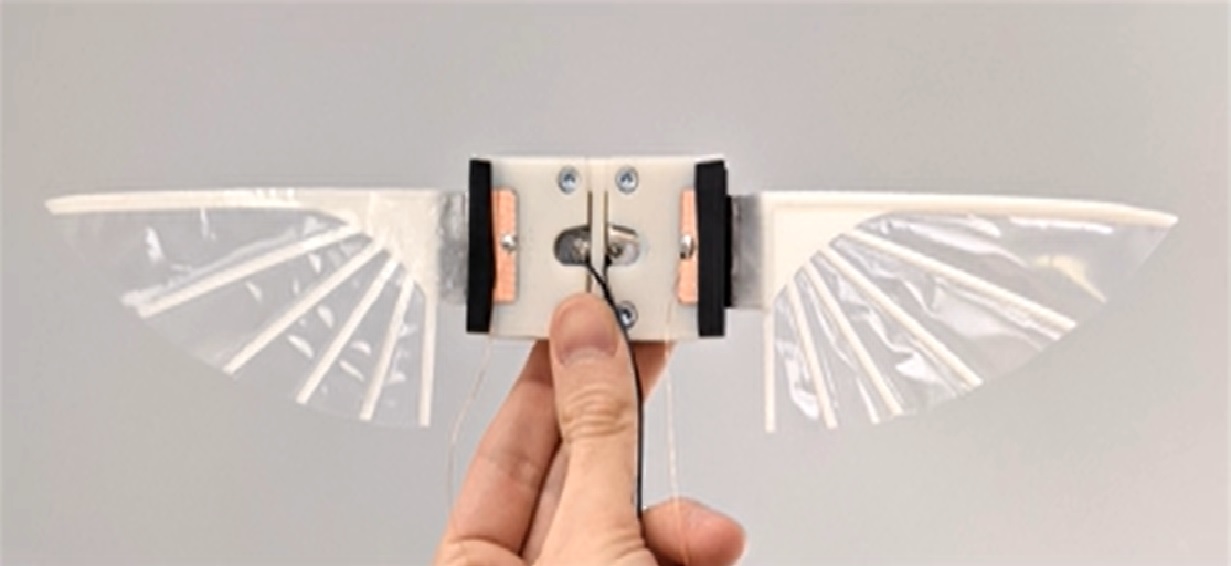Researchers have developed insect-sized flying robots with flapping wings.
The new technology, inspired by bees and other flying insects, means conventional motors and gears are no longer needed to fly the devices.
It could pave the way for smaller, lighter and more effective, micro, flying robots for environmental monitoring, search and rescue, and use in dangerous environments like collapsed buildings.
Known as micro air vehicles, small, flying robots are better than other drones at manoeuvring in tight spaces and resisting air turbulence.
Until now, the robots have used motors, gears and other complicated systems to achieve the up-and-down motion of the wings.
As a result, this has added complexity, weight and other unwanted effects.
Jonathan Rossiter, professor of robotics at the University of Bristol, led the team that successfully demonstrated an artificial muscle system, called the Liquid-amplified Zipping Actuator (Laza).
He said: “Making smaller and better performing, flapping wing, micro-robots is a huge challenge.
“Laza is an important step toward autonomous, flying robots that could be as small as insects and perform environmentally critical tasks such as plant pollination and exciting emerging roles such as finding people in collapsed buildings.”
In the study, researchers show how their cost-effective and easy to construct system can provide enough power to fly a robot across a room at 18 body lengths per second – more than insect muscle of the same weight.
They also demonstrated how Laza, which uses forces that pull or push on objects without touching them, can deliver consistent flapping, making the robots capable of undertaking long-haul flights.






